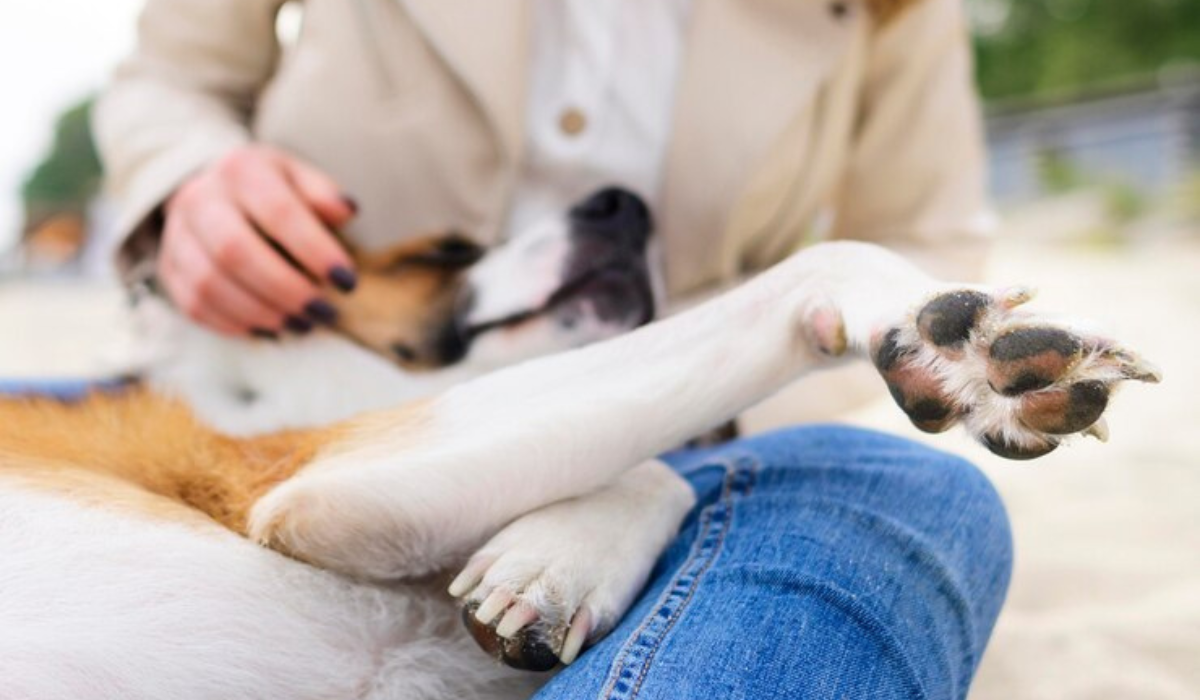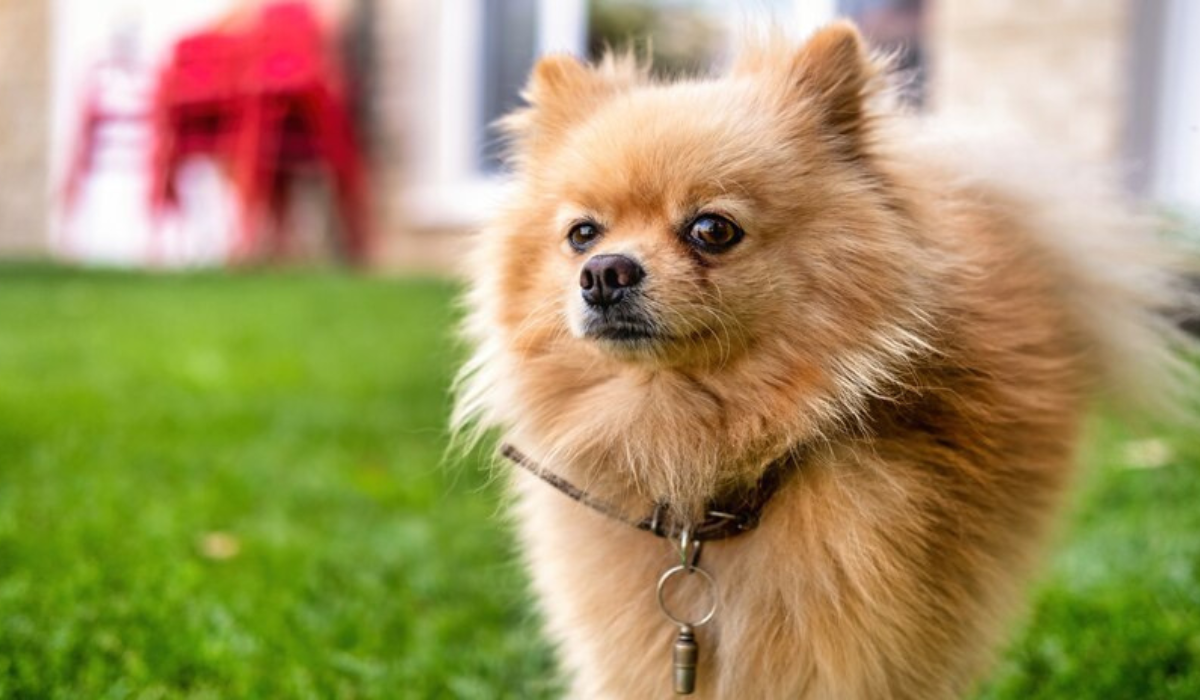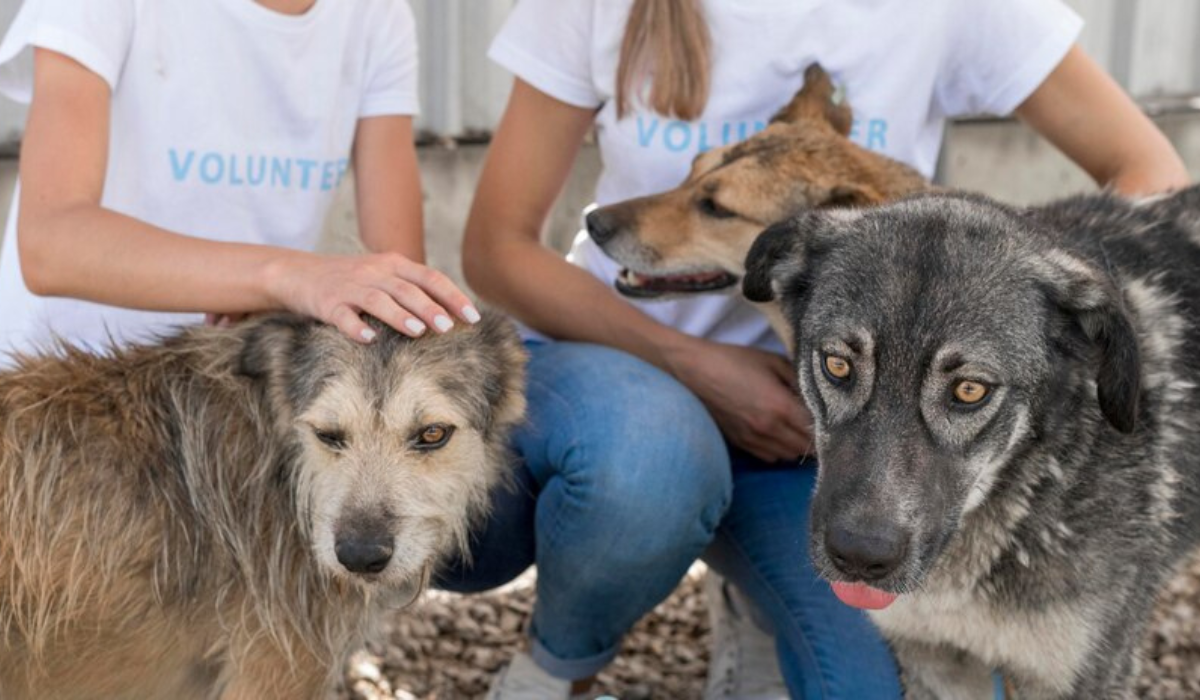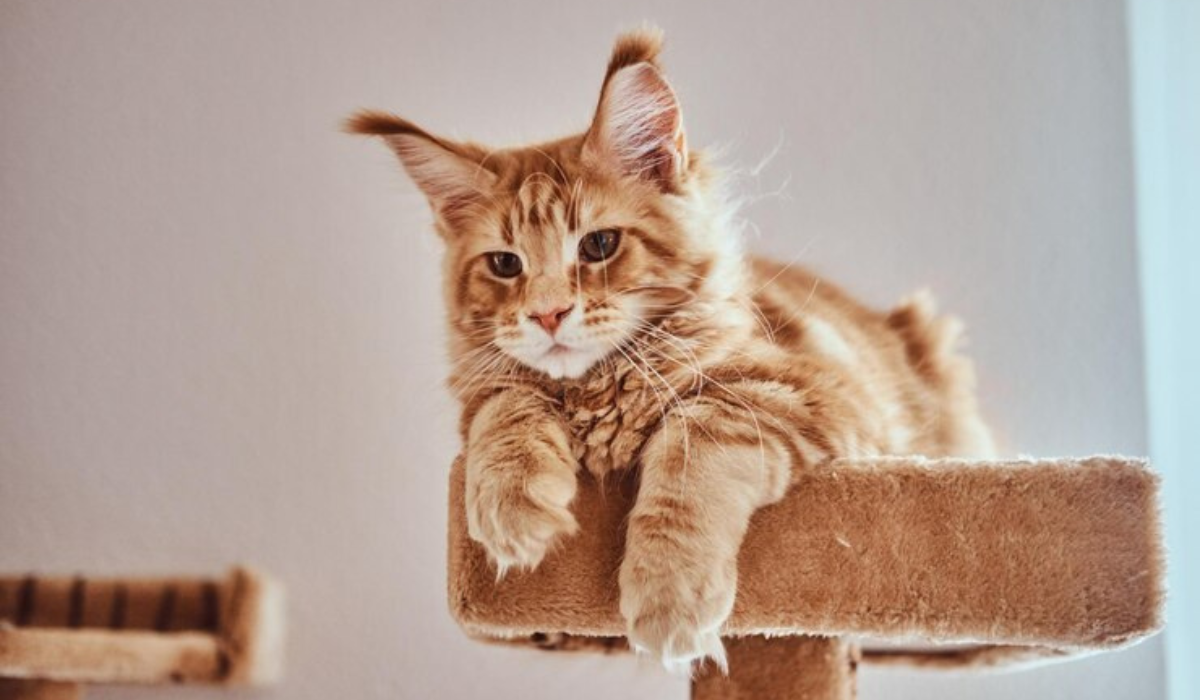The Russian Blue Cat is known for its beautiful appearance and charming character. It is a breed which attracts cat lovers from all over the world. Explore the many facets of this majestic feline.
Physical Attributes
Elegant and Sleek Appearance
The Russian Blue has a distinct triangle-shaped face and large, pointed ears. These features contribute to the sleek, elegant appearance of this bird. The slightly upward-facing mouth of the Russian Blue gives off an impression of a friendly smile.
Muscular Body
The Russian Blue is often compared to the Doberman pinscher, a cat with a strong, muscular body that supports its agility and grace. These cats have a height of 10 inches, and weigh between 10-12 pounds and 7-10 pounds.
Double Coat Plush
A short, straight double coat with silver tips and a bluish grey color is the breed’s defining characteristic. The coat can make the dogs appear larger despite their thin appearance.
Mesmerizing Eyes
As they grow, Russian Blues develop wide-set green eyes with a yellow rim. Their eyes are one of their most distinguishing features and add to their royal allure.
History and Ancestry
Mysterious Origins
Russian Blues’ origins remain a mystery. Popular theories place its birthplace in the Archangel Islands of Northern Russia. Some people believe that the breed is royal, descended from the beloved pets of Russian Czars.
British Cat Lovers
The Russian Blue, originally known as the Archangel Cat in England, made its debut there in 1880, competing at the country’s first cat shows. Despite early struggles against popular short-haired cats of blue, the breed was recognized and officially recognized by the Governing council of the Cat Fancy.
Near-Extinction and Resurgence
During World War II, the breed was almost extinct. However, it experienced a surge in popularity in the United States during the second half of the 20th Century.
Personality and Temperament
Reserved Elegance
Russian Blues are reserved and elegant around strangers. The Russian Blue is known to be playful and affectionate towards their human companions. They form strong bonds with members of the family.
Sensitivity
They are very sensitive cats and may become anxious if their affections are not reciprocated. Recognizing their need for affection and reciprocating it is vital for their wellbeing.
Independence and Playfulness
Russian Blues can entertain themselves and are intelligent. They enjoy familiar routines, clean surroundings and spending time with family.
Russian Blue:
Hunting Instinct
They need stimulation to satisfy their strong instinct for hunting and exploration. To keep their dogs mentally and physically active, owners should engage in interactive games and provide toys.
Dental Care
Russian Blues can develop oral and dental disease. It is important to start brushing early to avoid dental problems. Regular veterinary examinations are necessary to monitor the overall health of your pet.
Weight Management
Russian Blues are prone to obesity and require a balanced diet. Owners can work with their veterinarians to develop a feeding schedule and maintain a healthy body weight.
Tolerance towards Others
They are usually tolerant towards children and other animals, as long as they are treated respectfully. It is important to introduce cats properly, and any conflicts should be addressed.
Recognition:
The Russian Blue cat is recognized by many feline registries including the American Cat Association, American Cat Fanciers Association, Cat Fanciers Association, Federation Internationale Feline and The International Cat Association.
Hypoallergenic Illusion:
Russian Blues, contrary to popular belief are not completely hypoallergenic. They can still cause allergies, even though they produce less allergenic Fel-d-1 than other cat breeds. Dander is also an irritating substance.
Cost:
Russian Blue kittens or adult cats are relatively expensive. Prices can range from $500 to $1200. Some show-quality cats can cost more depending on their pedigree and lineage.
Fun Facts:
- The Russian Blue cat, with its green eyes and bluish grey fur, may have inspired Tom and Jerry.
- A famous internet meme called Nyan Cat was inspired by a Russian Blue named Marty.
- The unique coloration of the breed is due to a diluted version of a gene that causes black hairs in other cat breeds.
- According to Russian folklore these cats are believed to bring good fortune and ward off evil spirits.
- The “ghost strips” that can be seen on some Russian Blue kittens remind us of the genetic similarity between all cat breeds.
Russian Blue Cat Characteristics
Personality:
Russian Blues have a friendly, intelligent and sociable nature. However, they can be aloof and reclusive around strangers. They prefer quiet surroundings, and are better suited to homes with gentle dogs and children.
Physical Characteristics
- A medium-sized breed that reaches maturity at around one year of age.
- Steel blue, short, dense plush coat with a silvery cast.
- Large, wide-set, emerald-green eyes.
- Weight: up to 12 pounds. Length: up to 24 inches.
- Lifespan up to 20 years
- Hypoallergenic but not completely.
History:
The breed was popularized by Russian czars because it originated from Archangel Island, a northern Russian island. In the 1880s, they were among the contestants at the first cat shows held in England. They are now recognized in the U.S. by cat associations.
Care:
The Russian Blue coat requires minimal grooming. The Russian Blue is known to be on lists of hypoallergenic cats. For their health, regular nail trimming, ear cleansing, and a healthy diet are important.
Health:
Russian Blues have a long life expectancy. They are generally healthy and do not suffer from genetic disorders. Their overall health is improved by regular veterinary examinations, vaccinations and dental care.
Diet and Nutrition
Due to the breed’s appetite, owners should be careful not to overfeed. A balanced diet and controlled portions are essential to maintain a healthy body weight. Always have fresh water available.
Adoption and buying:
Individuals can also attend cat shows and meet owners and breeders by visiting the International Cat Association’s list of breeders. Adopting from rescue facilities, such as Rescue Me, Petfinder and Adopt A Pet, is another great option.
Russian Blue Cat Overview
The Russian Blue is known for its gentle, sweet disposition. They may initially be shy with strangers but they develop strong bonds with their owner. The Russian Blue cat is known for its beautiful blue-gray fur and captivating emerald eyes.









